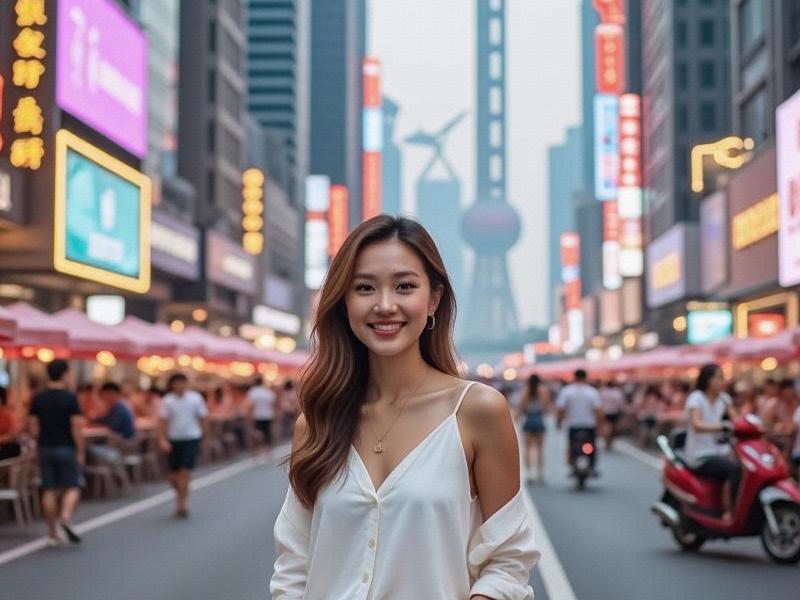Shanghai's Daughters: How the City's Women Are Redefining Chinese Femininity
⏱ 2025-07-04 16:22 🔖 爱上海龙凤419
📢0℃

[Article Content]
I. Historical Context (1840s-1990s)
1. Treaty Port Era Pioneers (1843-1949)
- First generation of educated working women
- Qipao fashion revolution
- Businesswomen in the "Paris of the East"
2. Socialist Transformation (1950s-1970s)
- Gender equality in workforce participation
- Changing beauty standards
- Industrialization's impact
上海龙凤419社区 3. Reform Era Rebirth (1980s-1990s)
- Return of fashion consciousness
- White-collar career emergence
- Consumer culture adoption
II. Contemporary Portrait (2000-Present)
1. Professional Landscape
- 58% of management positions held by women
- Entrepreneurial success stories
- Tech industry participation rates
2. Cultural Influence
上海贵族宝贝龙凤楼 - Fashion week leadership
- Lifestyle blogging trends
- Marriage attitudes evolution
3. Economic Power
- Disposable income statistics
- Luxury consumption patterns
- Real estate investment trends
III. Comparative Analysis
1. Versus Other Chinese Cities
- Education attainment comparisons
上海贵人论坛 - Career progression differences
- Lifestyle distinctions
2. Global Parallels
- Similarities with Tokyo/Seoul women
- Contrasts with Western urban women
- Unique Shanghai characteristics
IV. Future Projections
- Work-life balance challenges
- Aging population impacts
- Next-generation expectations
Conclusion: Shanghai women continue serving as China's foremost urban femininity archetype, balancing traditional values with global modernity in ways that redefine womanhood for the nation's future.
The Evolution of Shanghai's Entertainment Clubs: From Karaoke Parlors to Cultural HubsShanghai and the Surrounding Areas: A Dynamic Hub of Economic and Cultural DevelopmentShanghai: A Dynamic Metropolis of Innovation and CultureShanghai Style: How the City's Women Are Redefining Chinese Femininity in the 21st CenturyThe Great Carbon Rebellion: Shanghai's Silent Revolution Against Climate ChangeThe Shanghai Synthesis: How the City's Women Are Creating a New Asian Feminine IdealShanghai Glamour 3.0: How China's Most Cosmopolitan Women Are Rewriting the RulesShanghai's Transformation: A Journey of Urban Renaissance and InnovationShanghai Beauties in the Spotlight: A Glimpse into the City's Elegant WomenShanghai's Vibrant Entertainment Scene: A Melting Pot of Culture and Creativity
Midnight in Shanghai: How China's Glittering Metropolis Redefines Nightlife LuxuryShanghai's Sphere of Influence: How the Megacity is Reshaping Eastern ChinaThe Yangtze Delta Megaregion: How Shanghai and Its Neighbors Are Redefining Urban EconomicsThe Velvet Rope Economy: Inside Shanghai's Exclusive Entertainment Club SceneGilded Playgrounds: How Shanghai's Elite Entertainment Clubs Are Redefining Urban NightlifeThe Shanghai Nexus: How China's Financial Capital is Reshaping the Yangtze River Delta MegaregionShanghai 2025: The Silicon Valley of the East Reinvents Urban LivingShanghai After Dark: The Evolution of Elite Entertainment Clubs in China's Cosmopolitan CapitalShanghai's Daughters: How the City's Women Are Redefining Chinese FemininityShanghai 2025: Where Futurism Meets Heritage in China's Global Metropolis

